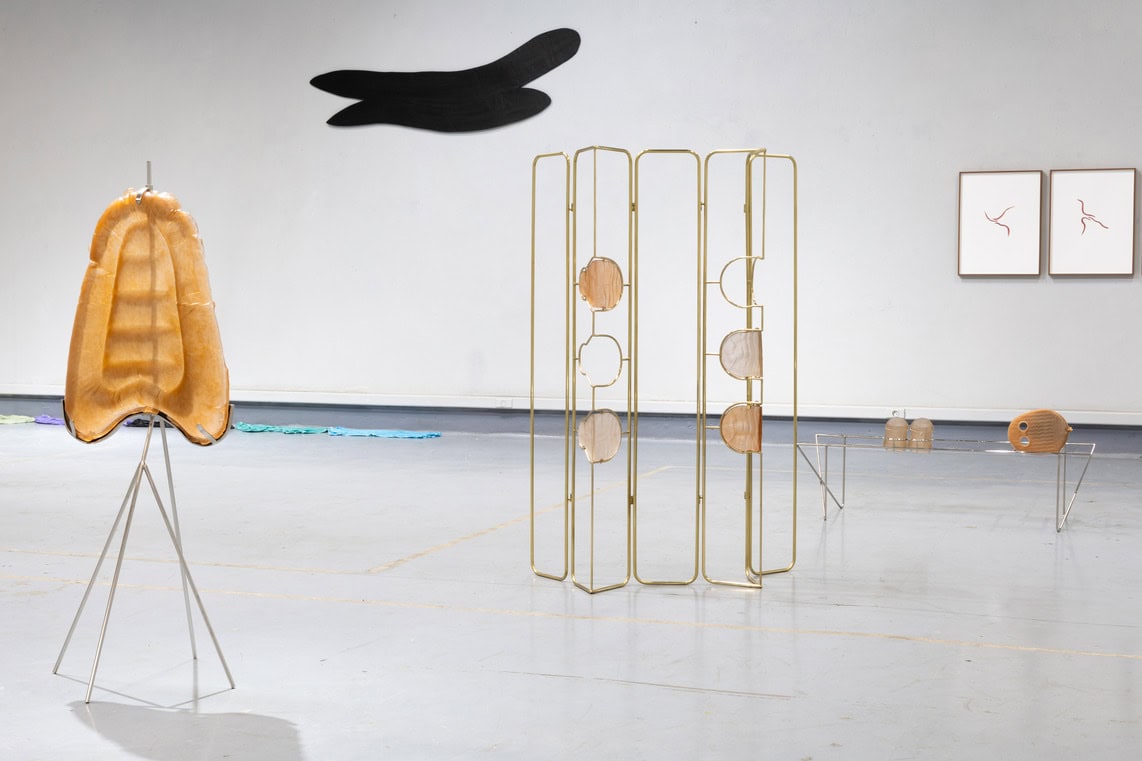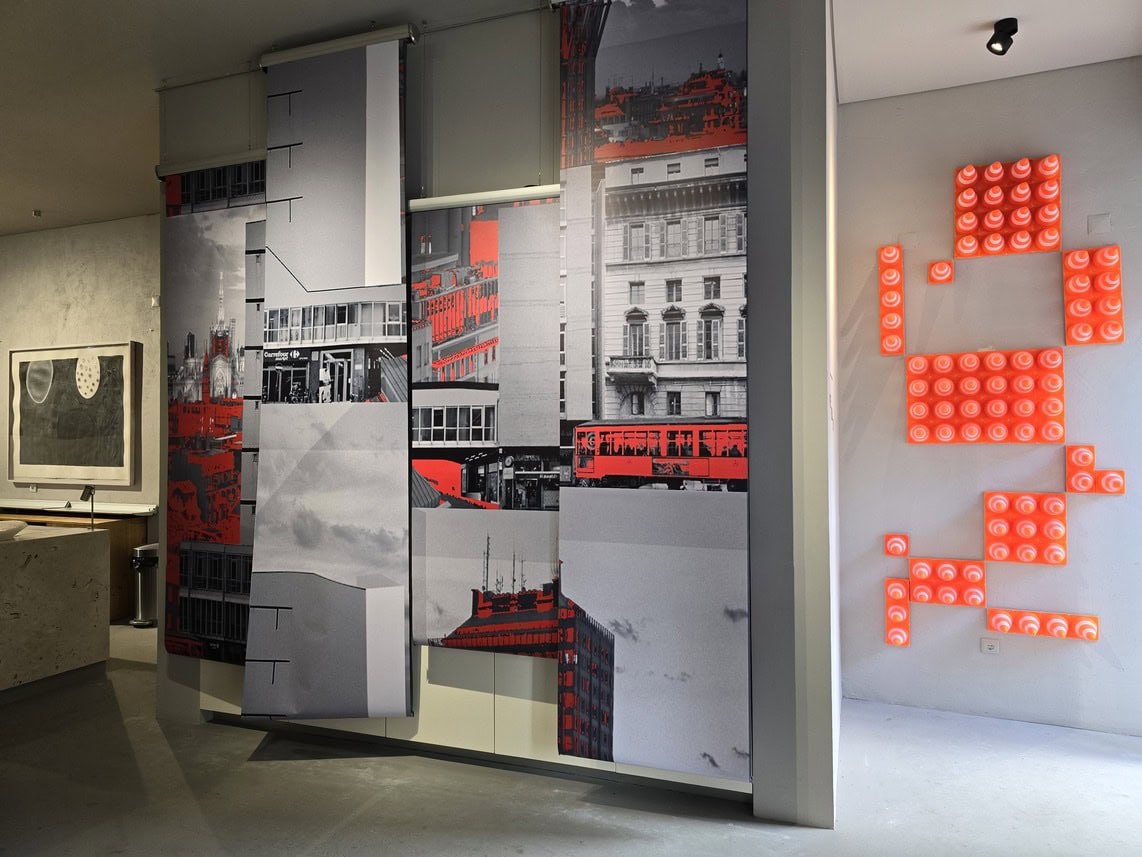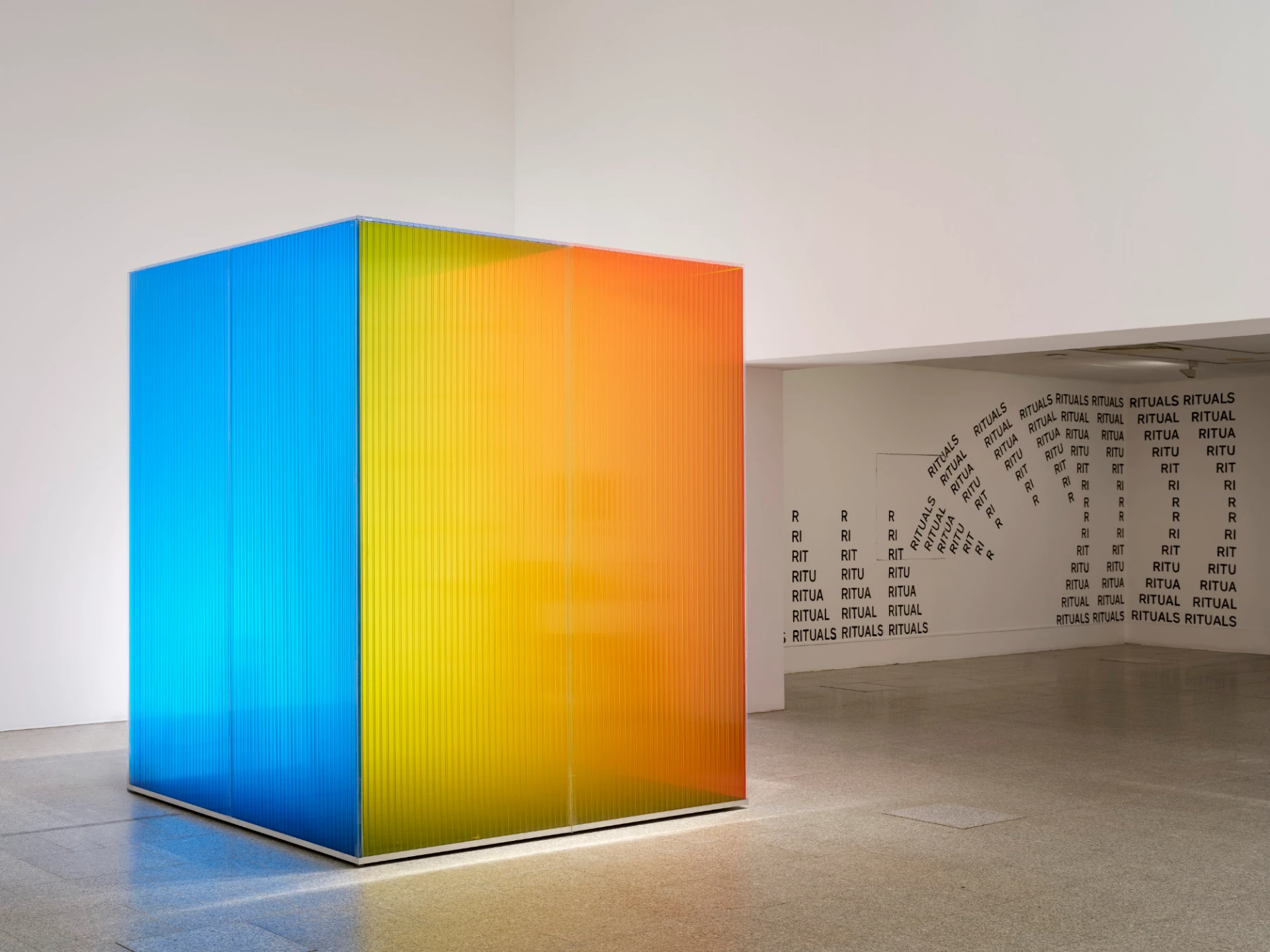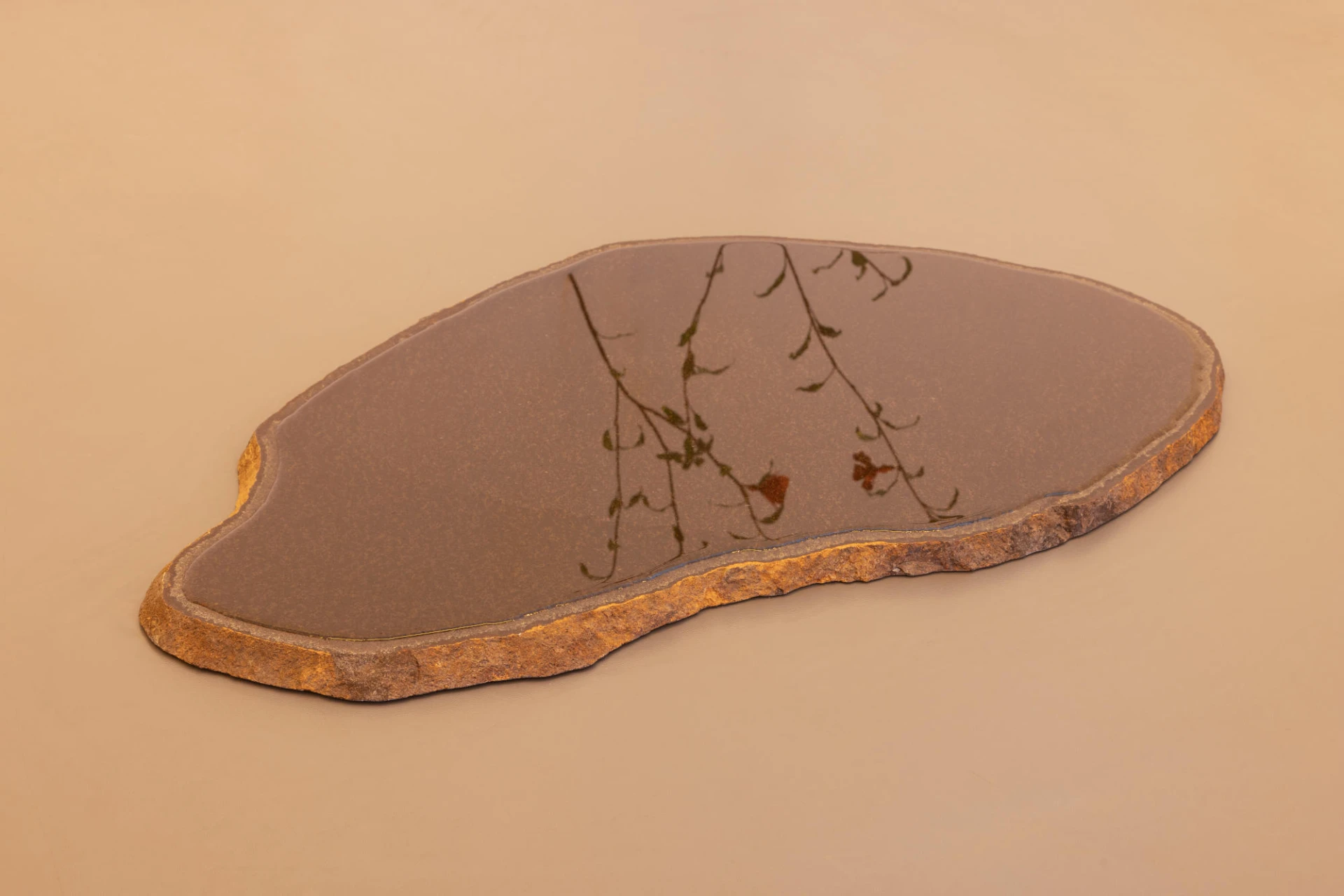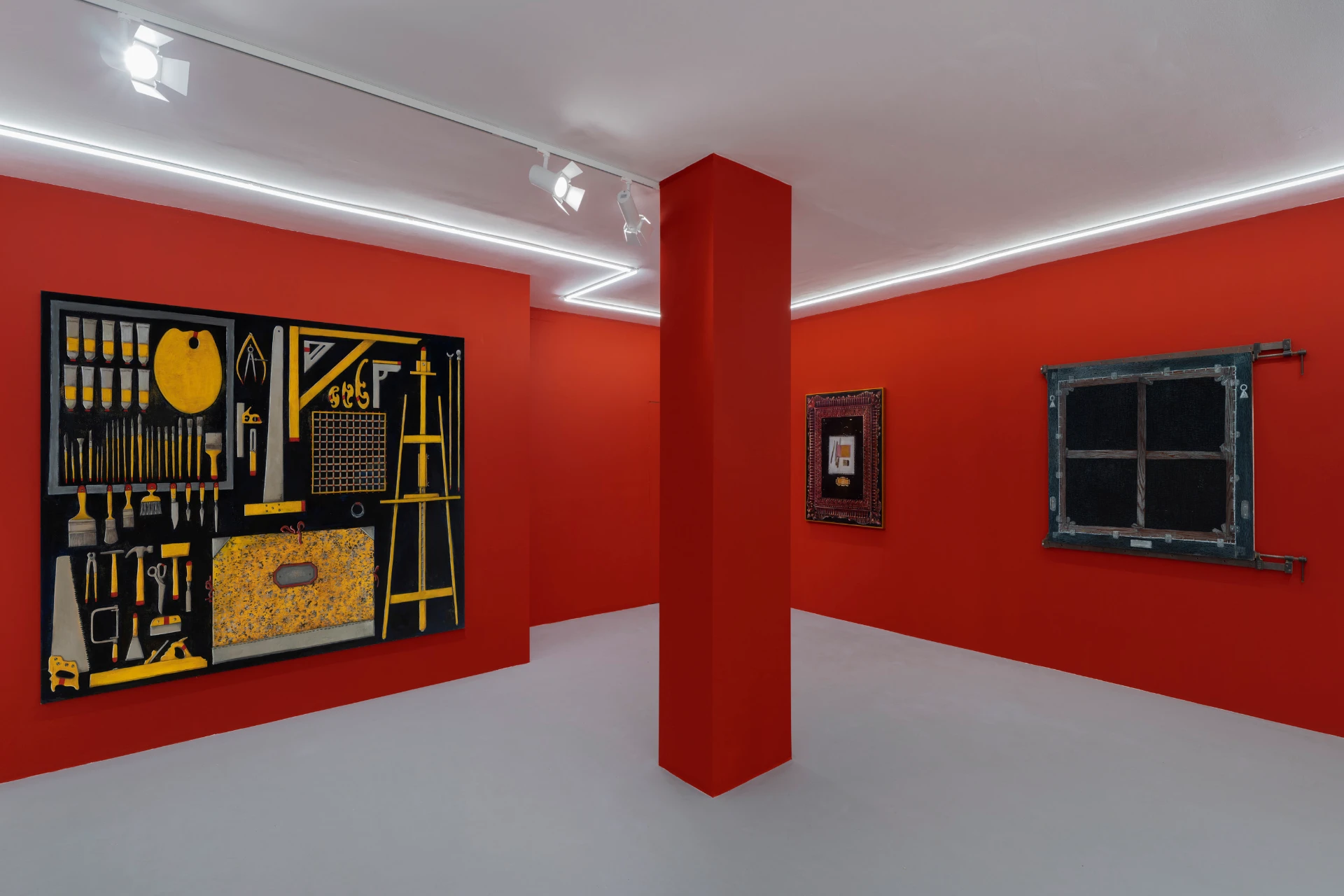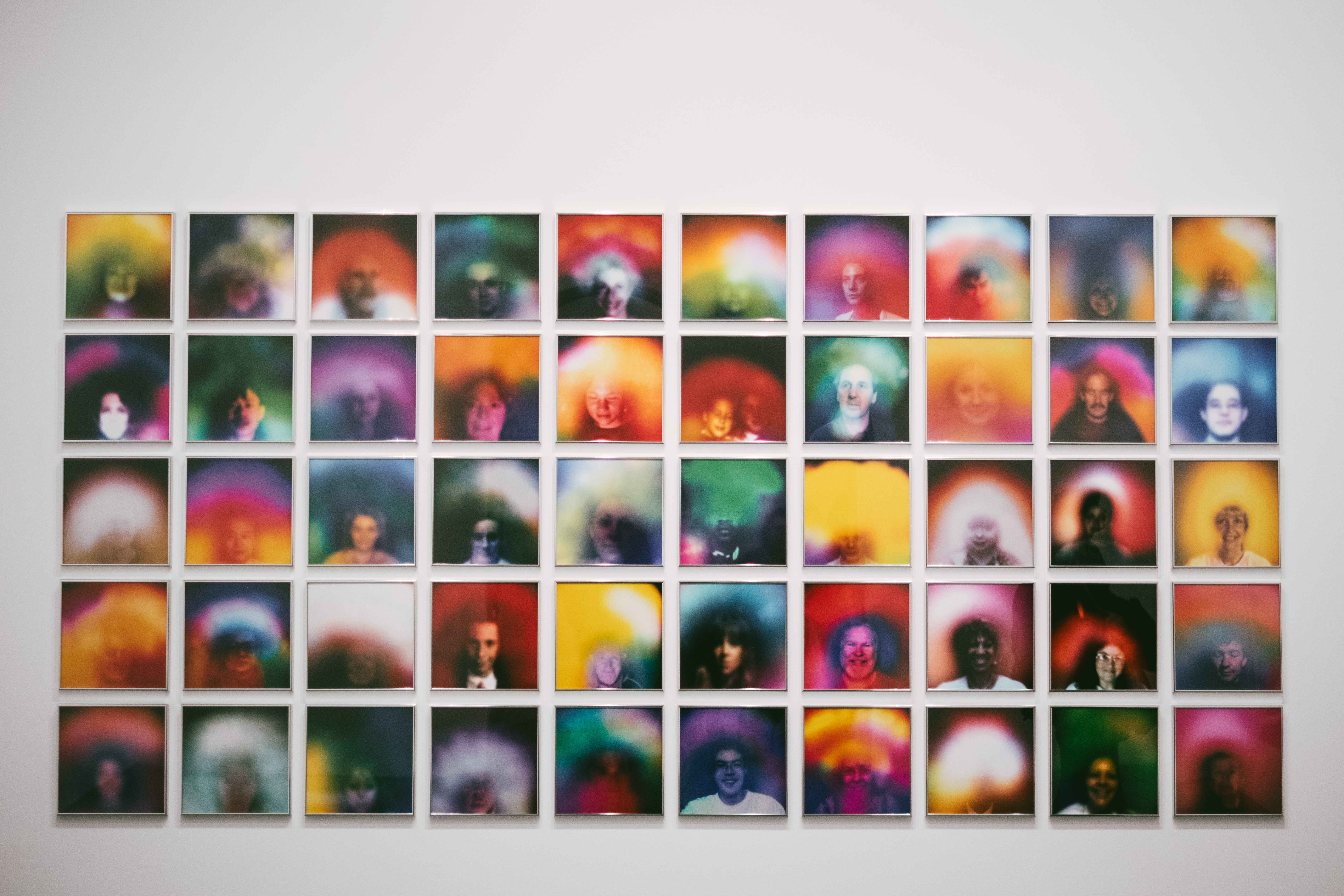The Vasco Vieira de Almeida Foundation is hosting Nuno Nunes-Ferreira’s most recent exhibition, curated by Verónica de Mello.
With nine works displayed in different areas of the building, and with a quickly identifiable theme – a period that marked the Portuguese history, the Carnation Revolution and its aftermath – the exhibition is such a deep and complex one that we must place it in a field of research based on History, Identity and Memory, a field that has also been a regular element in some of the artist’s creations. Using records and other materials, Nuno Nunes-Ferreira’s experimental and conceptual approach deals with society and its transformation, a time and a memory (collective and individual) in which he questions power structures and narratives. He opens us up to critical thinking and the possibility of new perspectives, helping to develop a joint understanding through a dynamic, energetic, lively and continuous process of revisiting the past.
The artist recognises that his work is part of a practice close to hoarding. He obsessively collects information and documentation, ranging from letters to different records such as newspapers, books and magazines, and builds a memory archive based on the preservation and recollection of a specific time. He reconstructs contexts and points to a historical time through objects that he appropriates and changes through their use to build works of art. “Archiving or hoarding, the volume of documents is never-ending, forever incomplete and unrelentingly disorganised; and this (dis)organisation, of constant encounters and mismatches, is where I consider it to be closest to the practice of hoarding (…) it is the finished work that builds the archive and not the other way around.”[1]
Not being held hostage by this action and not limited to aggregation, he establishes an obvious and close relationship with the historical events he eternalises, always on the premise of opening the possibility for ongoing reorganisation, thus challenging memory, reviving it through visual schemes that absorb us.
The exhibition’s title is actually a question: Arquivo ou Caleidoscópio (Archive or Kaleidoscope)? The idea is provocative as it effectively starts from an archive but makes us question the narrative presented. It asks us to make a choice, a personal analysis, “to question the newspapers of the time according to the historical background”[2] and experiences of each visitor. But there is more to it than that, after all: a kaleidoscope is an optical device that generates symmetrical and colourful visual patterns by reflecting small objects between slanted mirrors. A tube with one transparent end and another opaque capable of altering perception. The image changes every time we rotate it; movement changes the positions and layouts of the small coloured objects against the mirrors, creating new patterns. Just like the kaleidoscope, this exhibition and its narrative can be altered or transformed according to the movement and eyes of the audience. This is a living archive, subject to renewed narratives when revisited, but also to the possibility of new starting points. The exhibition itself is already a vision, a sorting of this newspaper and not that one, of this work and not another. Arquivo ou Caleidoscópio? starts from an archive, a set of information and data that has been organised and stored for reference at a specific time but which, if not updated or deliberately altered, is static and dies. In this instance, it is fed by the artist, but also by those who are now looking at the exhibition by adding an individual reading to the main narrative.
It is also thought-provoking since it reminds us that all that information and news are also manipulated and the outcome of selection. In Visado pela Comissão de Censura (2023), a 13-part installation, the artist himself uses black paint to create opaque stains, revealing only sentences such as “visado pela comissão de censura” (targeted by the censorship commission), apart from one, covered in red paint, which reads “este jornal não se submete à censura” (this newspaper does not submit to censorship), alluding to the lack of freedom of expression, noting that the state strictly monitored media outlets and that any content deemed critical of the regime, opposed to its values or potentially subversive was banned from being published and disseminated.
Besides taking a critical position on censorship, he also takes a critical view of official speeches and documents in Discursos de Salazar (2023) and 48 anos (2024), in which he drills into 6 books and 49 government diaries (between 1926 and 1974) with a 90 mm and 120 mm drill.
A Palavra (2020-2024) is the work that makes the greatest visual impact. An installation of original newspapers and clippings collected by the artist, it can be viewed from different angles and perceived in different ways. It consists of six walls lined with 48 newspapers spanning 1974/75 and 76, providing an immersion in a universe of information where our attention is drawn to more or less sensationalist, charismatic and comic headlines, where we can feel the restlessness and social and political effervescence of the time. Our attention is riveted by the cut-outs and collages framed by Nuno Nunes-Ferreira, highlighting certain words and phrases such as “Que decolonização” (What decolonisation?) or “O povo libertará” (The people will be free) that recur, also reminding us of the obsessive behaviour behind this archive and work. We should emphasise that this is not a mere presentation of newspapers from the time; there is a deliberate choice that calls up a recent, traumatic past in our country, which has been more or less consciously forgotten, and is rescued here through formal visual compositions.
Arquivo ou Caleidoscópio? addresses a reality reflected in the present day. In Um povo unido jamais será vencido (2017) – an installation of five large mirrors lined with original post-Carnation Revolution stickers – Nuno Nunes-Ferreira “leaves spaces to fill, allowing the viewer to see themselves (…) in a historical immersion in this time space”[3]. This opportunity to see our reflection can also lead to self-criticism. Are we wilfully overlooking the fragility of the system? Are we oblivious to the period that was key to safeguarding freedom and democracy? And expression?
In Nuno Nunes-Ferreira’s artistic construction process, I recognise a response to a state that, in part, we are still witnessing today. Through Arquivo ou Caleidoscópio?, he invites us to take on a critical reading to reaffirm our commitment to the democratic principles that have been conquered. Remembering the Carnation Revolution and celebrating it, as happened this year on the 50th anniversary of it, is also a time to reflect on the current state of civil rights in the country. An opportunity to assess and remember the progress that has been made and the challenges that still lie ahead in society. A reminder of the intense struggle to which the collective has contributed and must keep on doing so, so that hope is not lost, and so that strength is intensified through a political stance, in search of individual freedoms and collective rights.
Arquivo ou Caleidoscópio? can be visited at Vasco Vieira de Almeida Foundation by prior appointment.
[1] The artist in an interview for Contemporânea, about the exhibition 1440 minutos, at Galeria Baginski. Available at <https://sub.contemporanea.pt/outubro2016/55/?fbclid=IwAR2r4Emf2ysH8i06sdk2_m_NqvR8epuybk8frXZNjYp_2McWAsU0jKVU81I
[2] Verónica de Mello on the exhibition’s text.
[3] Information in the caption attached to the work.
